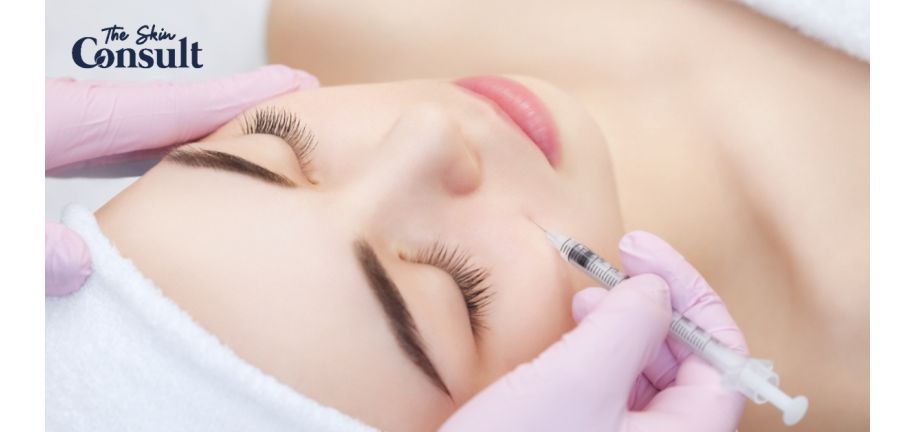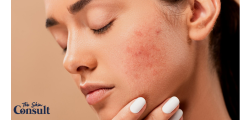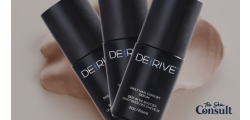Introduction
In the field of neurotoxins, where advancements in medical science continually redefine possibilities, the market is saturated with options designed to address various neurological conditions. Neurotoxins, substances that can impair or disrupt the normal functioning of the nervous system, have found applications in medicine, cosmetics, and research. This blog aims to provide a comprehensive comparison of neurotoxins available in the market, shedding light on their uses, mechanisms, and potential implications.
Understanding Neurotoxins
| Manufacturer | Product | Key Component | Regulatory Status |
| Allergan Aesthetics, an Abbvie Company | BOTOX Cosmetic | onabotulinumtoxinA | FDA-approved treatment for the temporary improvement in the appearance of moderate to severe forehead lines, frown lines and lateral canthal lines in adult patients. |
| Evolus | JEUVEAU | prabotulinumtoxinA-xvfs | FDA approved for temporary improvement in the appearance of moderate to severe glabellar lines associated with corrugator and/or procerus muscle activity in adults. |
| Galderma Laboratories, LP. |
Dysport Alluzience |
abobotulinumtoxinA |
FDA approved to treat frown lines between brows. Approved to distribute in Europe (excluding Greece, Lithuania, Estonia, Latvia, Hungary.) |
| Merz Aesthetics | Xeomin | incobotulinumtoxinA (150 kDa) | FDA approved for temporary improvement in the appearance of moderate to severe glabellar lines associated with corrugator and/or procerus muscle activity in adult patients. |
| Revance | DAXI | DaxibotulinumtoxinA | Currently under regulatory review for the treatment of glabellar lines, forehead lines and lateral canthal lines; approval is expected in 2022. |
Neurotoxins encompass a diverse range of substances that affect the nervous system. While some are produced naturally by organisms, such as certain plants, animals, and bacteria, others are synthesized for medical and therapeutic purposes. In the medical context, neurotoxins are often employed to treat neurological disorders, manage pain, or as cosmetic agents to reduce the appearance of wrinkles and fine lines.
Botox: The Pioneer
One of the most widely recognized neurotoxins is Botulinum toxin, commonly known as Botox. Initially used for medical purposes, Botox has gained immense popularity in the cosmetic industry for its ability to temporarily paralyze muscles, reducing the appearance of wrinkles. Botox works by blocking nerve signals in the muscles where it is injected, preventing muscle contraction.
The success of Botox has paved the way for other neurotoxins to enter the market, each with its unique characteristics and applications.
Dysport: A Worthy Contender
Dysport is another neurotoxin used in the cosmetic industry, particularly for wrinkle reduction. Like Botox, Dysport contains Botulinum toxin type A but differs in terms of formulation and diffusion. Dysport has smaller protein molecules, which allows for a faster onset of action and a broader spread, making it suitable for larger treatment areas.
The choice between Botox and Dysport often comes down to personal preferences and the specific requirements of the patient. Some may prefer the subtle, natural-looking results of Dysport, while others may opt for the precision and predictability associated with Botox.
Xeomin: A Pure Approach
Xeomin, another neurotoxin in the market, distinguishes itself by being a "naked" toxin, meaning it lacks the complexing proteins found in Botox and Dysport. This makes Xeomin a purified form of Botulinum toxin type A. The absence of accessory proteins reduces the likelihood of the body developing antibodies against the toxin, potentially extending the duration of its effects.
While Xeomin's pure formulation may appeal to those concerned about potential allergic reactions or resistance, its clinical efficacy and safety profile continue to be subjects of ongoing research and discussion.
Daxxify: A Newcomer on the Scene
In the ever-evolving landscape of neurotoxins, Daxxify emerges as a noteworthy addition. While not as widely recognized as its counterparts, Daxxify brings its own set of characteristics to the table. Similar to Botox and Dysport, Daxxify contains Botulinum toxin type A. Its formulation and diffusion properties may position it uniquely among neurotoxin options.
As a newcomer in the market, Daxxify may appeal to individuals seeking the benefits of established neurotoxins with the potential for distinct outcomes. While the science behind Daxxify is promising, it is essential to note that ongoing research and clinical experience will further define its place in the landscape of neurotoxin options.
Comparing Efficacy and Duration
When comparing neurotoxins, factors such as efficacy and duration of action play a crucial role in decision-making. Botox, Dysport, and Xeomin generally provide similar outcomes in terms of wrinkle reduction, with subtle variations attributed to formulation and diffusion.
Botox is renowned for its reliability and longevity, with results lasting around three to six months. Dysport, due to its smaller molecules, may show effects more quickly, and some users report a slightly longer duration of action. Xeomin, with its pure formulation, aims to offer comparable efficacy and duration while minimizing the risk of antibody formation.
Myobloc, being a type B toxin, may have a different onset and duration compared to type A neurotoxins. Its use is more specialized, addressing specific medical conditions rather than cosmetic concerns.
Safety Considerations
Safety is paramount when considering any medical or cosmetic procedure involving neurotoxins. While Botox, Dysport, Xeomin, and Myobloc are generally well-tolerated, individual responses may vary. The importance of choosing a qualified and experienced practitioner cannot be overstated.
Botox has a robust safety record with decades of successful use in both medical and cosmetic applications. Dysport and Xeomin have also demonstrated safety in numerous clinical trials. Myobloc, being less commonly used in cosmetic procedures, may require additional consideration and consultation with a healthcare professional.
Conclusion
In the dynamic landscape of neurotoxin options, Botox, Dysport, Xeomin, and Myobloc each bring unique characteristics to the table. The choice among them depends on various factors, including the desired outcomes, individual preferences, and the expertise of the administering practitioner.
As with any medical or cosmetic procedure, thorough research and consultation with a qualified healthcare professional are essential. Understanding the mechanisms, applications, and potential implications of neurotoxins allows individuals to make informed decisions that align with their goals and values.
In the ever-evolving field of neurology and aesthetics, the diverse range of neurotoxin options ensures that individuals have choices tailored to their specific needs, contributing to the continual advancement of medical and cosmetic science.







